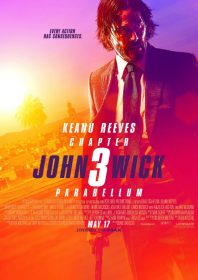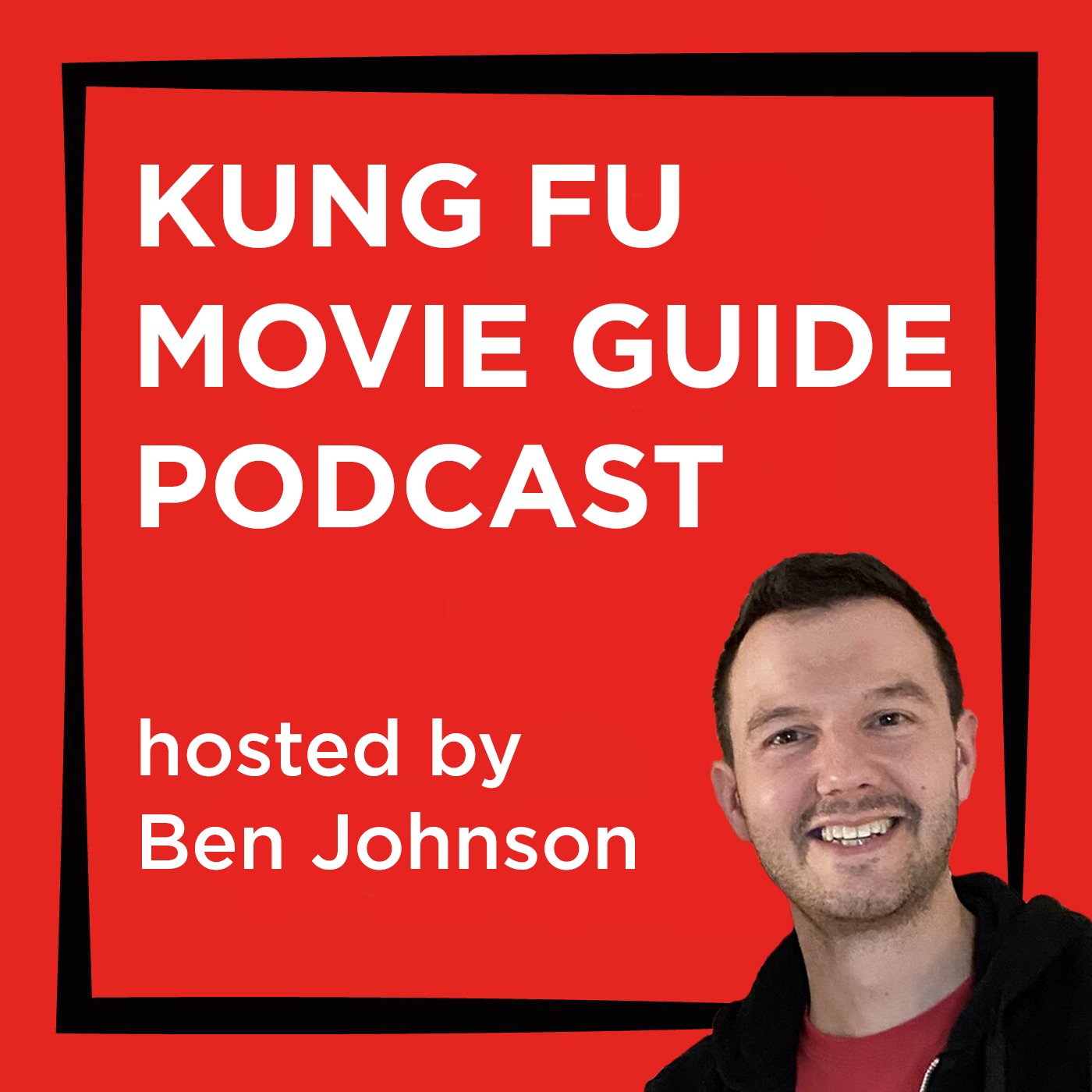
Following on directly from Chapter 2, this third John Wick film sees the titular one-man-army fight for survival as a multimillion-dollar reward makes him the most wanted hitman in the world. After killing an adversary in the sacred grounds of New York’s Continental Hotel – a clandestine safe-house for stylish killers everywhere – John has had his assassins’ privileges revoked, forcing him to call-in a few favours from some top Hollywood A-listers in order to stay alive, all of whom are seemingly dotted about in various exotic locations. These include Academy Award-winners like Anjelica Huston – who plays the head mistress at some kind of weird boarding house for lost teenagers which specialises in both ballet and judo and offers a brief insight into Wick’s Russian Orthodox past – and Halle Berry, an assassin stowed away in a Moroccan idyl who helps Wick to journey through the desert in a bid to settle scores and clear his name. It’s at this point when film’s high-budget really shows, and the storyline buckles slightly under the weight of its own intricacies. This has been a common thread in these subsequent sequels, but at least this one seems aware of its own contrivances, and doesn’t take itself too seriously. Even when Asia Kate Dillon’s adjudicator steps in to investigate Ian McShane’s handling of the Wick situation, causing a rift between the ‘high table’ and the Continental, there’s precious little notion that much of what they’re saying really matters. It’s all essentially an excuse for Wick to do what he does best: kill people, and in a myriad of inventive ways.
Since Chad Stahelski’s 2014 sleeper hit, the stunt-filled, in-camera realism of John Wick‘s action scenes have transformed Hollywood, and his 87Eleven company has become the high-water-mark by which most subsequent actioners are measured. However, it is this film which is perhaps the most comprehensive expression of their powers. There are bike stunts, dog fights, chases involving horses, falls, long-take gun battles, knife fights and martial arts sequences which are shown in mesmerising, exhausting, punishing close-up, all performed by a lead actor who throws himself (quite literally) into every bone-crunching encounter. Reeves’ dedication – at 54 – is inspiring. Kudos, too, to Halle Berry, who is not to be outdone during her own gruelling set-pieces. Martial arts movie fans will revel in the nods to genre heritage and talent; from the casting of The Raid‘s excellent silat discoveries, Yayan Ruhian and Cecep Arif Rahman, and Mark Dacascos, who plays the film’s main villain – providing long-overdue exposure to a martial arts star who has been criminally overlooked by mainstream Hollywood – to nods to other classic fight films. There’s an ascending, pagoda-like trial at the end, akin to something like Bruce Lee‘s Game of Death concept, and even lines lifted from The Matrix, adding to the film’s meta, cine-literate fun. But perhaps most impressively (and unexpectedly) of all is how Stahelski has proven himself to be an expert in world-building, concocting a detailed and absorbing franchise with its own operatic style, neo-noir aesthetic, pseudo-religious overtones and symbolism, coded speech, rules, traditions and hierarchies. You get the sense that this is a series which could run and run; and on the evidence of this exhilarating sequel, that would certainly not be a bad thing.
- Country: United States
- Action Director: Jon Valera, Jonathan Eusebio
- Directed by: Chad Stahelski
- Starring: Anjelica Huston, Asia Kate Dillon, Halle Berry, Ian McShane, Keanu Reeves, Lance Reddick, Laurence Fishburne, Mark Dacascos, Tobias Segal
- Produced by: Basil Iwanyk, Erica Lee
- Written by: Chris Collins, Derek Kolstad, Marc Abrams, Shay Hatten
- Studio: 87Eleven, Lionsgate, Summit Entertainment, Thunder Road Pictures












